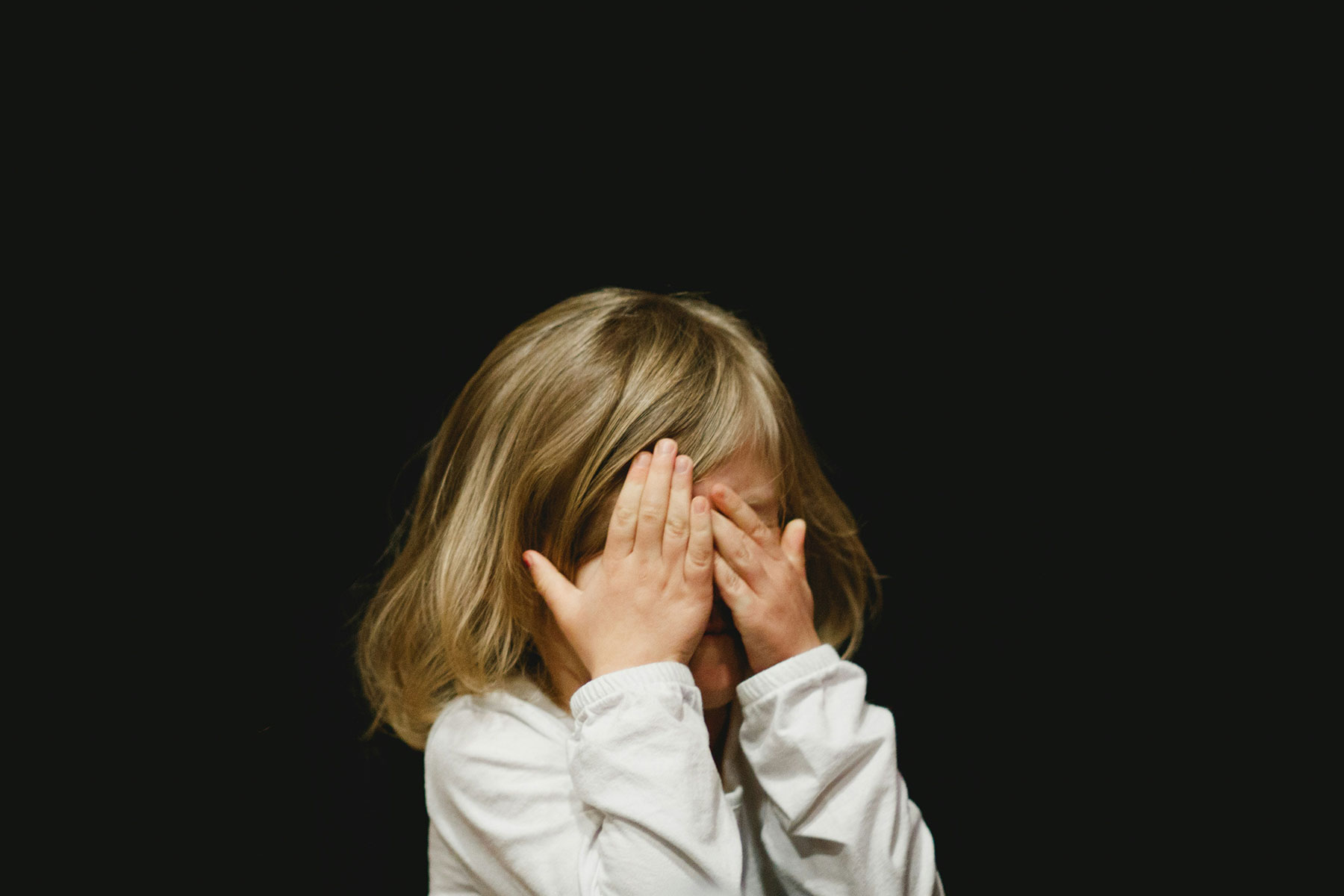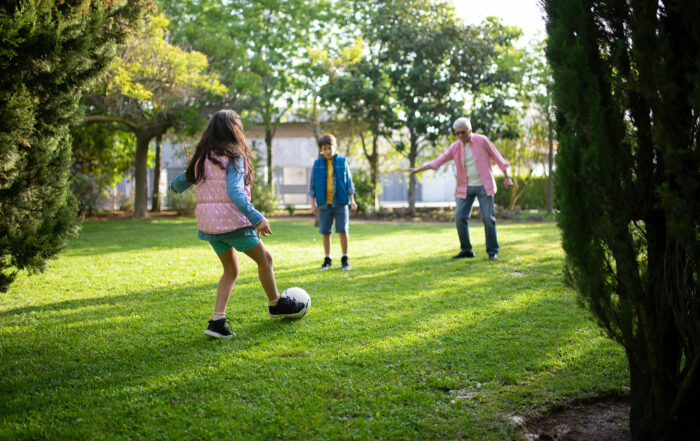
By Deborah R. Huso
EMDR has been successful in treating trauma from childhood abuse in victims and survivors young and old.
With more than 3 million instances of child abuse reported annually in the United States and probably many more cases going unreported, social workers face an often daunting client list of children and adults who are or have been victims of abuse and neglect. Left untreated, these individuals’ chances of leading lives fraught with substance abuse, incarceration, unwanted pregnancies, and future psychological conditions are multiplied by many degrees.
In the last two decades, however, researchers have made major strides in developing methods for treating victims and survivors of child abuse, including therapies that work as well (and in some cases better) with children as with adults. Among the most successful of these treatments is Eye Movement Desensitization and Reprocessing (EMDR), a therapeutic process that uses eye movements, sounds, and repetitive motions to help clients process and come to terms with traumatic memories more quickly than talk therapy alone. And since many children and some adults are unable to verbalize traumatic experiences, EMDR can often provide the breakthrough that more traditional therapies can’t.
Share This Post!
Children may act out due to grief or trauma of COVID-19 pandemic, and other lessons from HIV/AIDS
By Julie B. Kaplow and Mark W. Kline No infectious disease since HIV/AIDS in the 1980s has captured the world’s attention in the way COVID-19 has. The HIV/AIDS pandemic is still with [...]
Coronavirus is giving rise to another tragic issue. Child abuse.
By Chester Street Foundation Coronavirus is giving rise to another tragic issue. Child abuse. Hospitals in Texas have reported seeing an increase in child abuse cases, which they believe is driven [...]
Breaking the Cycle of Child Abuse
By Elizabeth Hartney, PhD Child abuse is known to repeat itself from generation to generation. Although not universal, the children of people with addictions are at higher risk of all types of abuse, [...]
Four Ways Teachers Can Show They Care
By VICKI ZAKRZEWSKI If I asked you to tell me what you remembered most about your favorite teacher growing up, I bet you wouldn’t say much about the subject matter. Instead, I’d expect [...]
CDC: Childhood Trauma Tied to Poor Health
By Gaby Galvin PEOPLE WHO EXPERIENCED trauma as children are more likely to suffer severe health consequences later in life, a new federal analysis shows. Adverse childhood experiences, or ACEs, refer to potentially [...]
School exclusions are on the up – but training teachers in trauma could help
By The Conversation After years of decline, school exclusions are on the rise again, according to official figures for the Department for Education. The Timpson review, carried out by former children’s minister [...]







